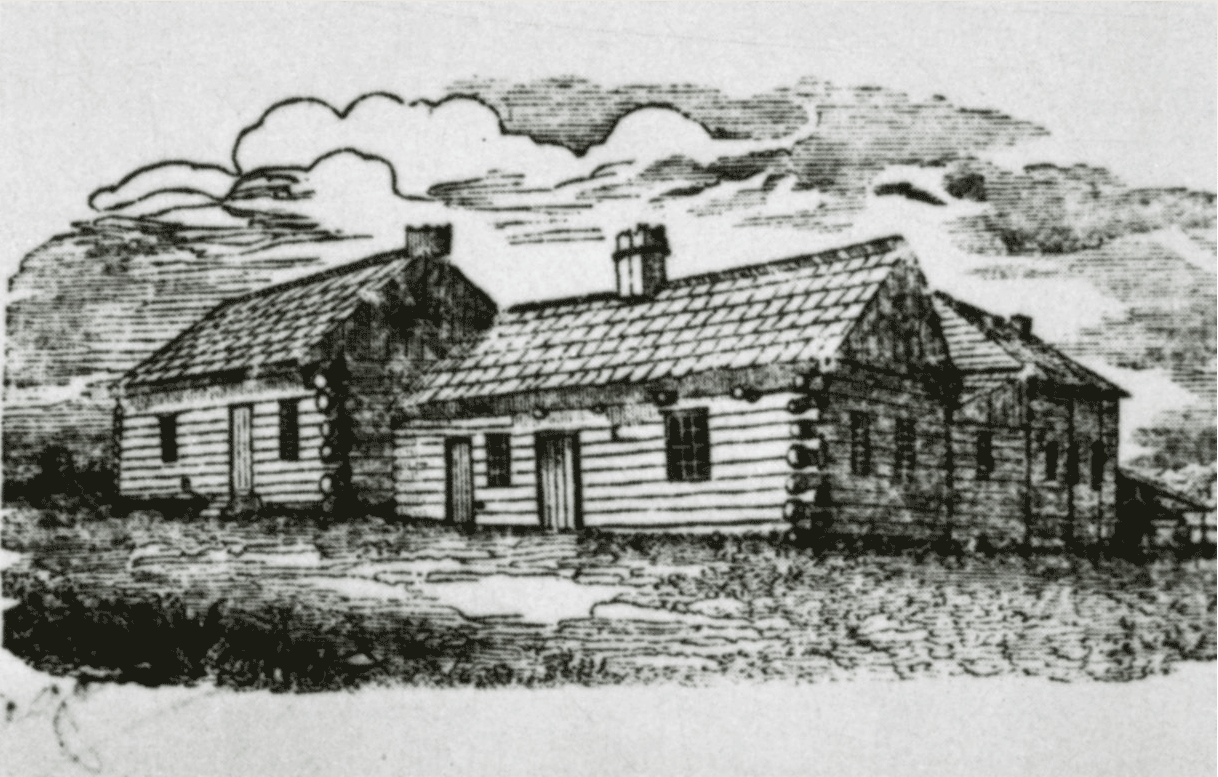Other hierarchies about the past also exist in these Methodist narratives. In terms of racial hierarchies, white people of the present are presented as be better than the white people of the past; but the white people of the past are seen as superior to the Native people of both the past and the present.
Early histories of Jason Lee clearly assume the supremacy of white people and Euro-American culture over Native people. It’s integral to describing a march of progress, to emphasize the spiritual and technological darkness of the Oregon Territory before the missionaries arrived. But around 1900, white supremacy becomes more than a part of the story; it becomes the story.
Whig histories create causal narratives, deciding who is a prominent actor forcing events to happen. Coupled with white supremacy, this approach produces racially focused narratives of the march of progress. Newspaper clippings compiled by Jason Lee’s son-in-law document an obsession with “white firsts” in Oregon in the first decade of the 20th century. The authors of these articles treat the colonization of Oregon as a second Mesopotamia and a second “birth of civilization.”
One newspaper article carefully reviews all of these supposed markers of progress, dating the first marriage of white people, the first grain cut with a cradle, the first pottery and bricks created in Salem, the planting of the first fruit trees and cultivated rose, the first frame house, the first printing press and newspaper. Lengthy arguments ensue over which baby was the first white child to be born.
In attributing causality to specific people and specific events, Whig histories make judgements about who gets to be seen as a significant actor in history and what dates count. The addition of white supremacy produces magnified and poisonous versions of this hierarchy. The story of mission work is changed, but still Whiggish — a linear story, with action pushed along by and according to the vision of singular people. White supremacy restricts who is recognized as a singular person. While causal forces in history still exist, the colonization of Oregon is no longer due to God or the prophet-like premonition of remarkable holy men. Instead, the qualities endowed in a particular ethnic groups of Euro-Americans are the historical force that created the present of these editorialists.
What’s intriguing is when and how this change manifests. By 1900, white people in Oregon were no longer constructing a historical narrative about venturing into an unknown area where they had no ties. Oregon had been a state for 41 years. Native people were forced onto reservations largely in the 1850s, and the population of Salem was rapidly increasing between 1900 and 1910. So at this point the Euro-American historians in Oregon could conceptualize both a history and a future of significant white colonization. They changed the causal actors of the Whig history to stories about productivity, land use, and civility, but retained the Whig framework.
All these different commemorations of Jason Lee show that the Whig framework is adaptable, and it has been adapted since the 1830s to explain history. These days, Jason Lee is not singled out by university commemorations, and he has largely faded from institutional memory. But the lessons from his commemorations are worth applying to Willamette’s 175th anniversary. Knowing that most histories written for popular consumption are written in a Whig framework, I encourage you to look around at the stories we tell ourselves about our pasts. How do we say we arrived at the present? What are the implications of how these histories are constructed? And how else might we look at historical experiences?
This article originally appeared in the spring 2017 issue of Willamette magazine.

